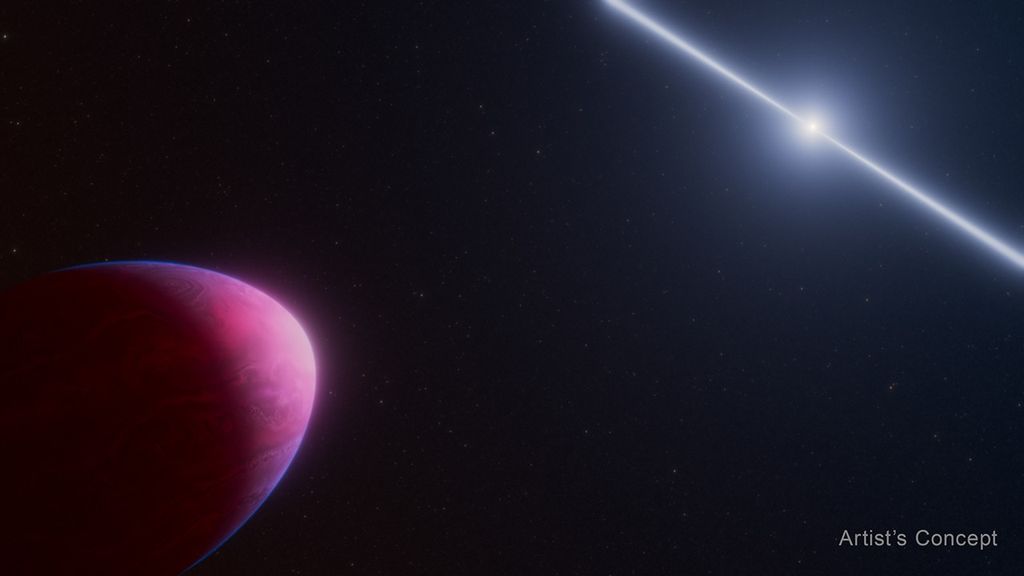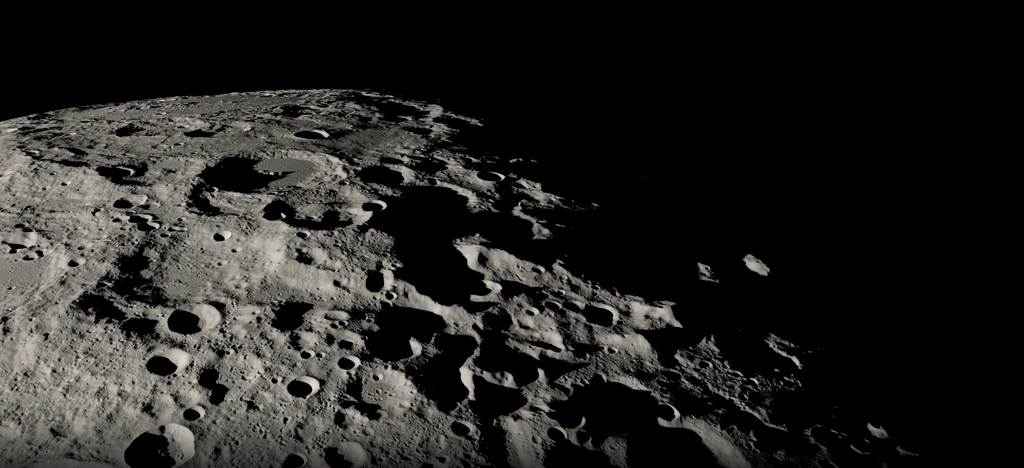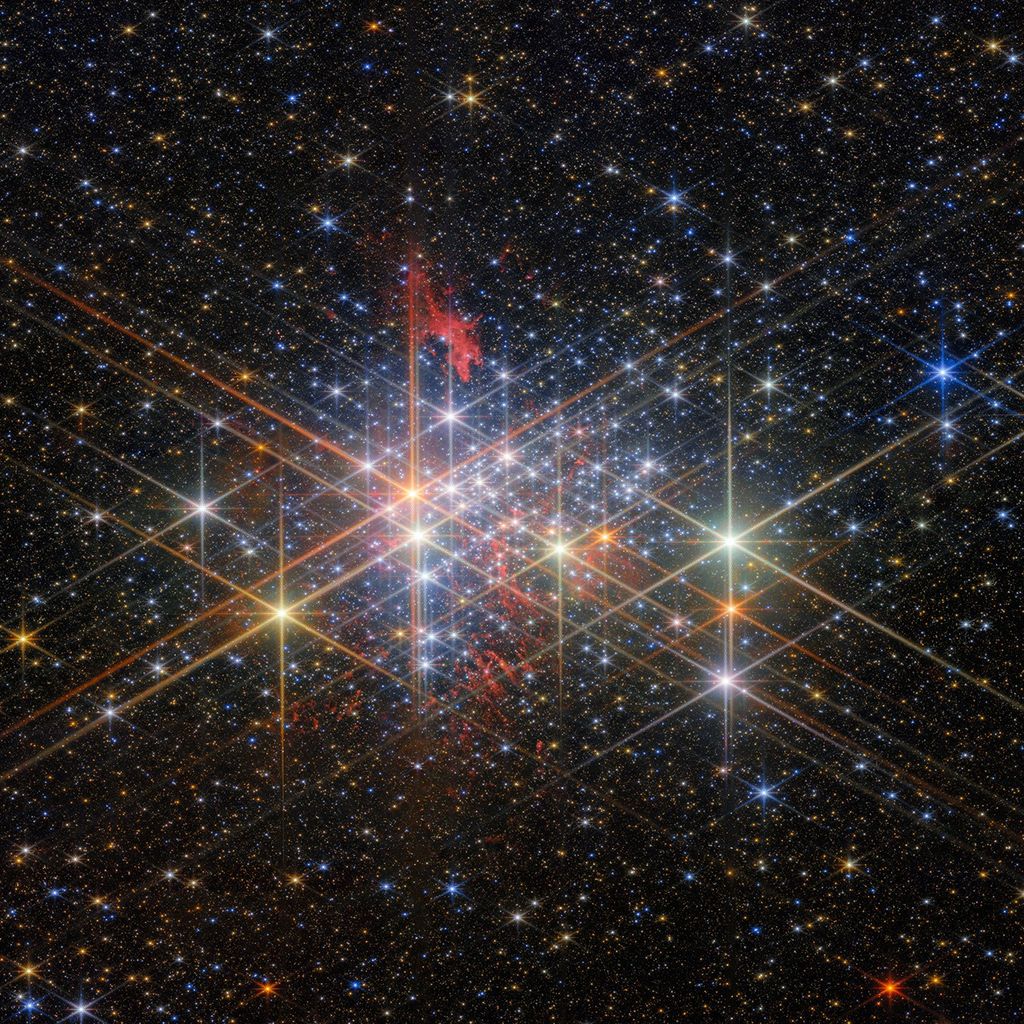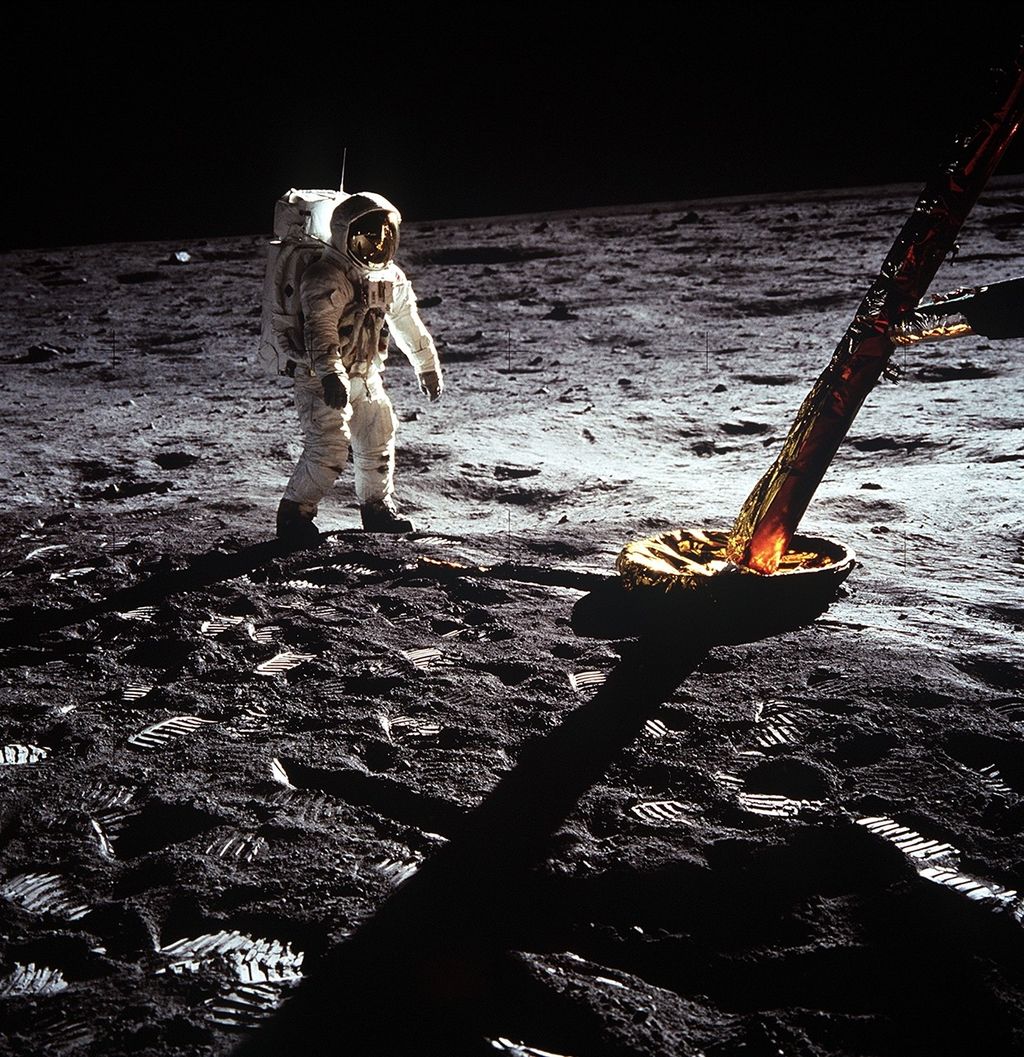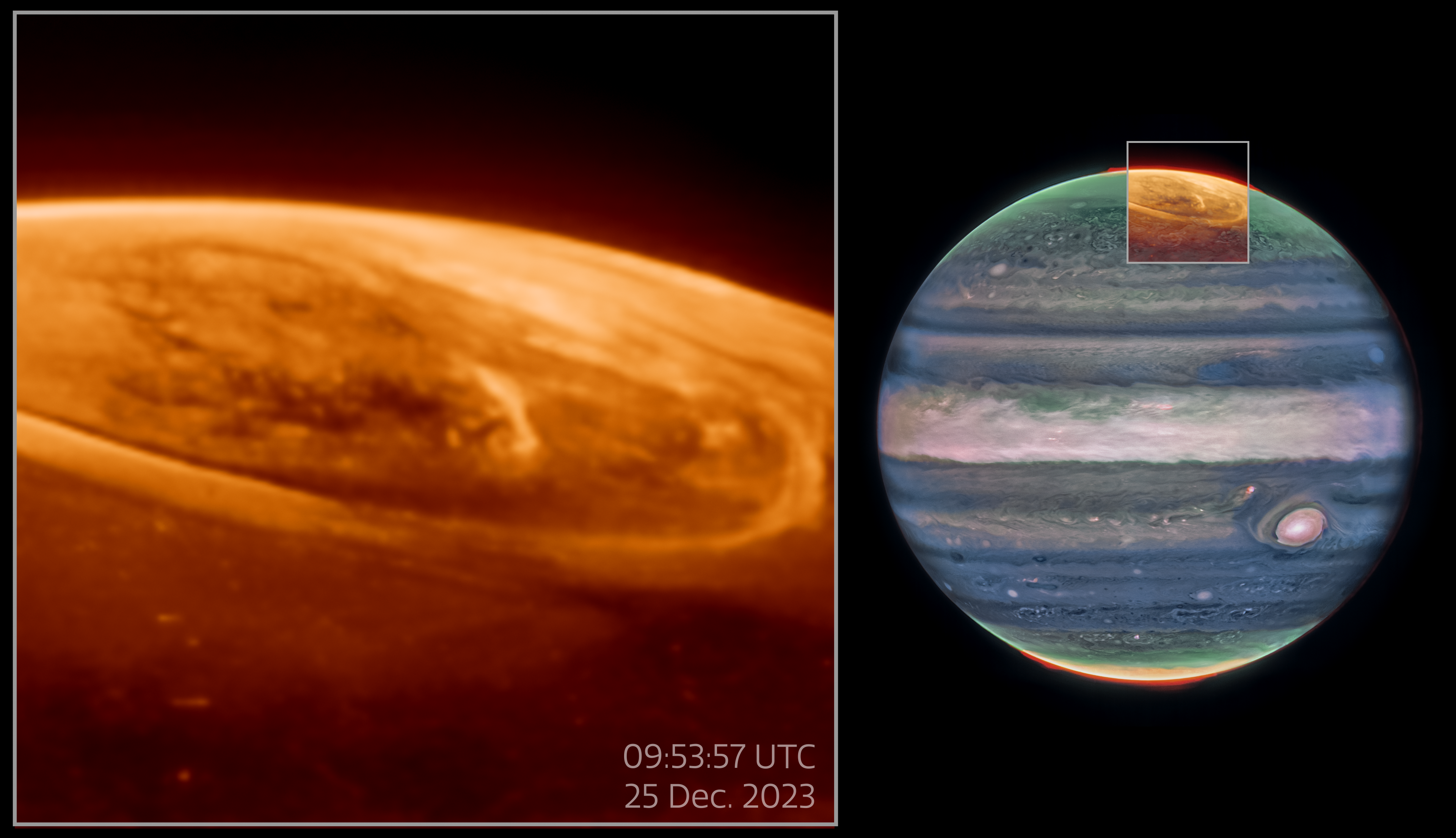1 min read
Closeup Observations of Auroras on Jupiter
NASA's James Webb Space Telescope has captured new details of the auroras on our solar system’s largest planet. The dancing lights observed on Jupiter are hundreds of times brighter than those seen on Earth.
These observations of Jupiter’s auroras at a wavelength of 3.36 microns (F335M) were captured with Webb’s NIRCam (Near-Infrared Camera) on December 25, 2023.
Scientists found that the emission from the trihydrogen ion, known as H3+, is far more variable than previously believed. H3+ is created by the impact of high energy electrons on molecular hydrogen. Because this emission shines brightly in the infrared, Webb’s instruments are well equipped to observe it.
- Release DateMay 12, 2025
- Science ReleaseNASA’s Webb Reveals New Details, Mysteries in Jupiter’s Aurora
- CreditVideo: NASA, ESA, CSA, Jonathan Nichols (University of Leicester), Mahdi Zamani (ESA/Webb)
Related Images & Videos
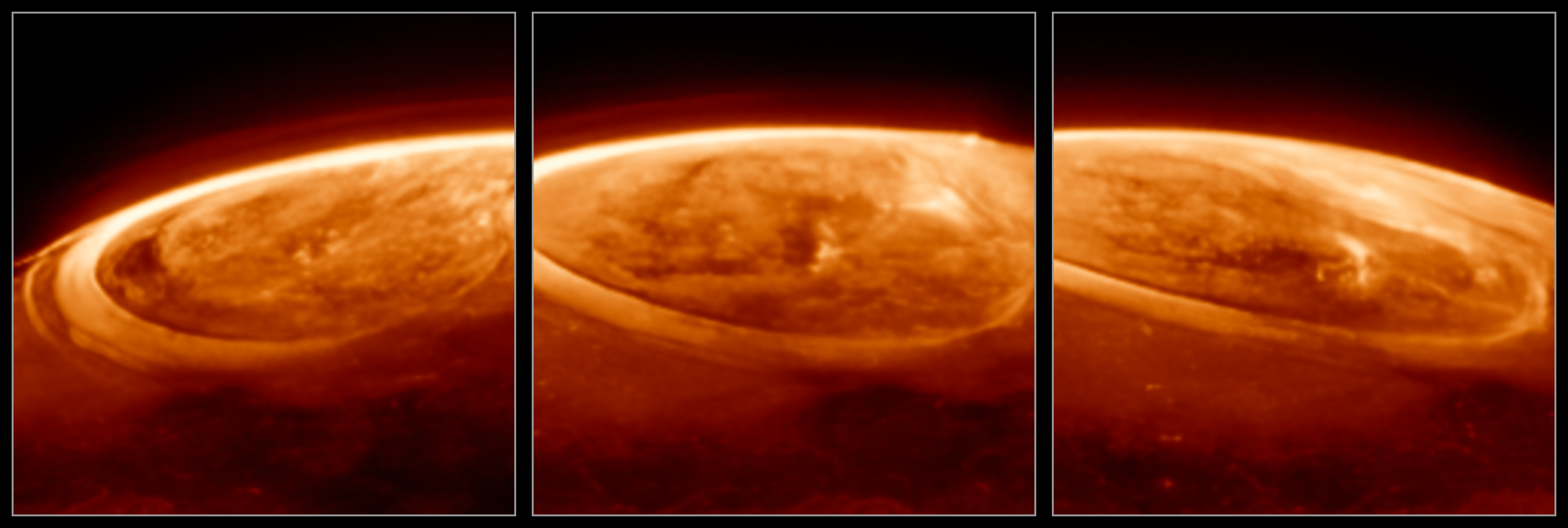
Close-up Observations of Auroras on Jupiter
These observations of Jupiter’s auroras, taken at a wavelength of 3.36 microns (F335M) were captured with Webb’s NIRCam (Near-Infrared Camera). Scientists found that the emission from trihydrogen cation, known as H3+, is far more variable than previously believed.

Pullout of Aurora Observations on Jupiter
NASA's James Webb Space Telescope has captured new details of the auroras on our solar system’s largest planet. The dancing lights observed on Jupiter are hundreds of times brighter than those seen on Earth. These observations of Jupiter’s auroras (shown on the left of the above...
Share
Details
Laura Betz
NASA’s Goddard Space Flight Center
Greenbelt, Maryland
laura.e.betz@nasa.gov
NASA, ESA, CSA, Jonathan Nichols (University of Leicester), Mahdi Zamani (ESA/Webb)


